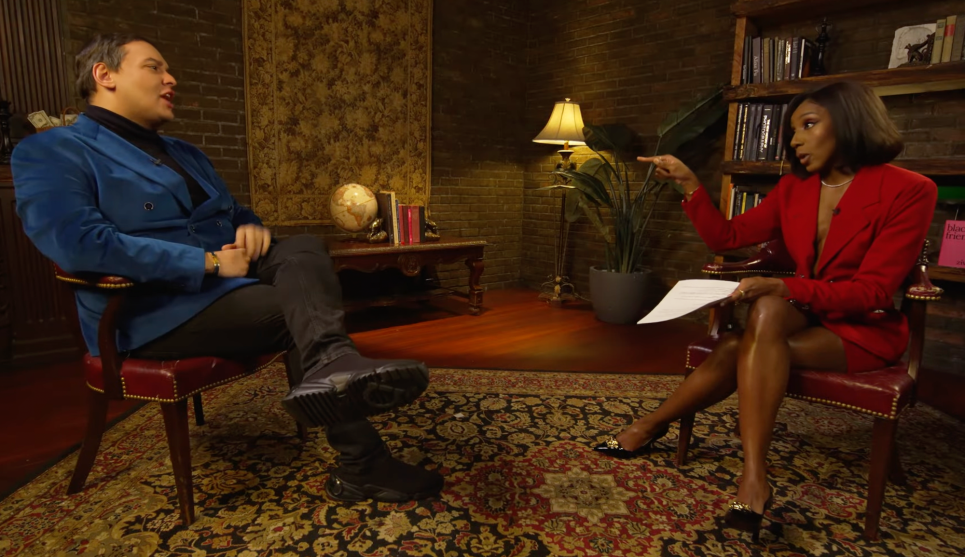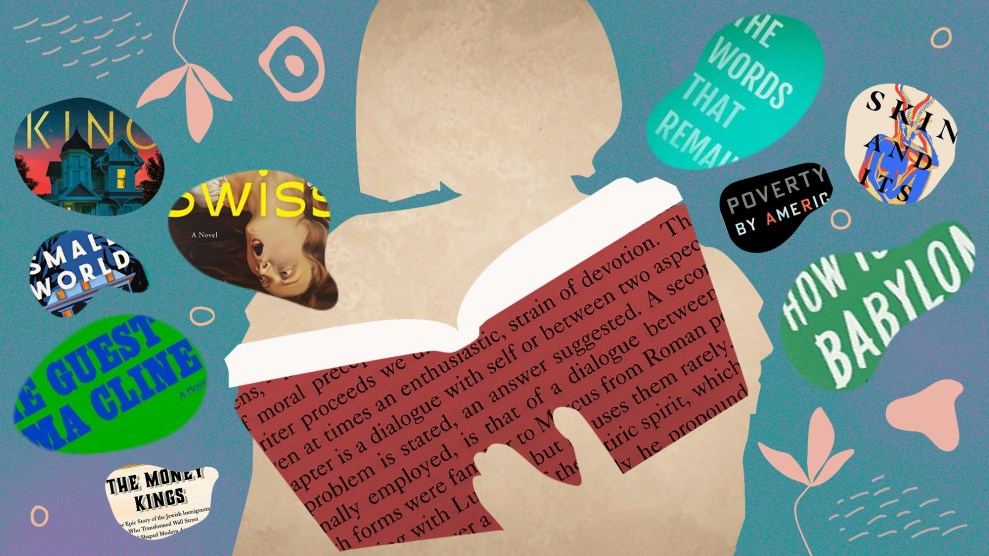
Wayne Lawrence
For city residents feeling burnt and gritty, New York’s mile-long Orchard Beach has long whispered of cool water. The manmade seashore—constructed in 1936—is nicknamed the “Bronx Riviera.” Where Jewish folk musicians once played, today salsa cadences unspool near the water’s edge. The beats are background music to a scene as textured as the borough itself. “Whenever I step onto the sandy landscape, I know that I am witnessing history being made,” says Wayne Lawrence, a Brooklyn-based photographer who spent four years beachcombing for the perfect shots.
These eight intimate, arresting portraits reflect the spirit he found. —Laura McClure
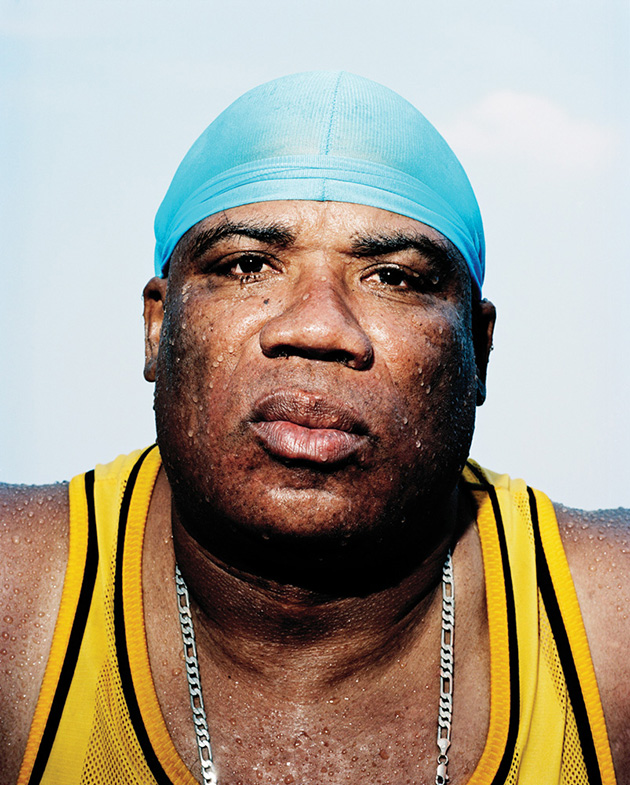
Long stigmatized as a “ghetto” beach, the manmade “Bronx Riviera” holds a history as rich and complex as the borough itself.
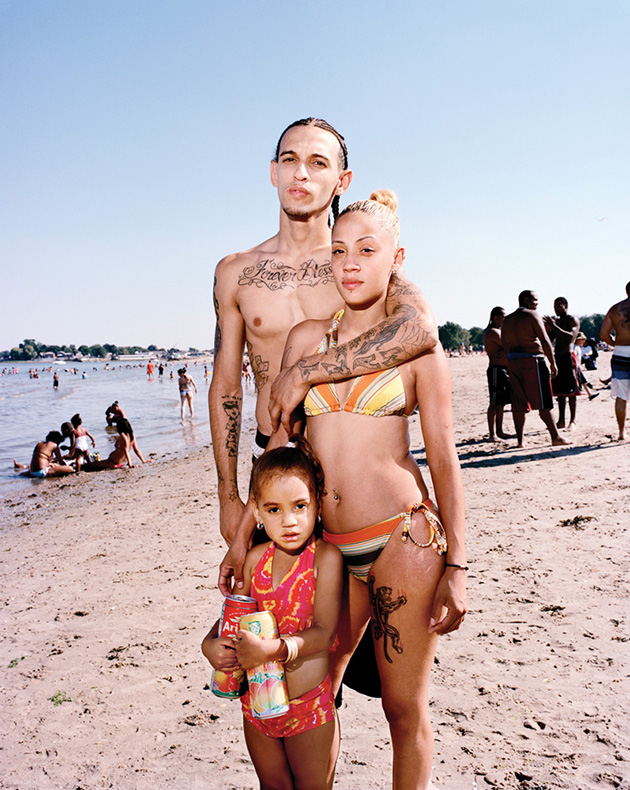
Since New York City parks commissioner Robert Moses opened it in 1936, Orchard Beach has been a popular destination for Bronx residents trying to beat the heat.

Salsa bands have replaced Jewish folk musicians on the promenade, but photographer Wayne Lawrence says the lone beach in the Bronx remains a “workingman’s oasis.”
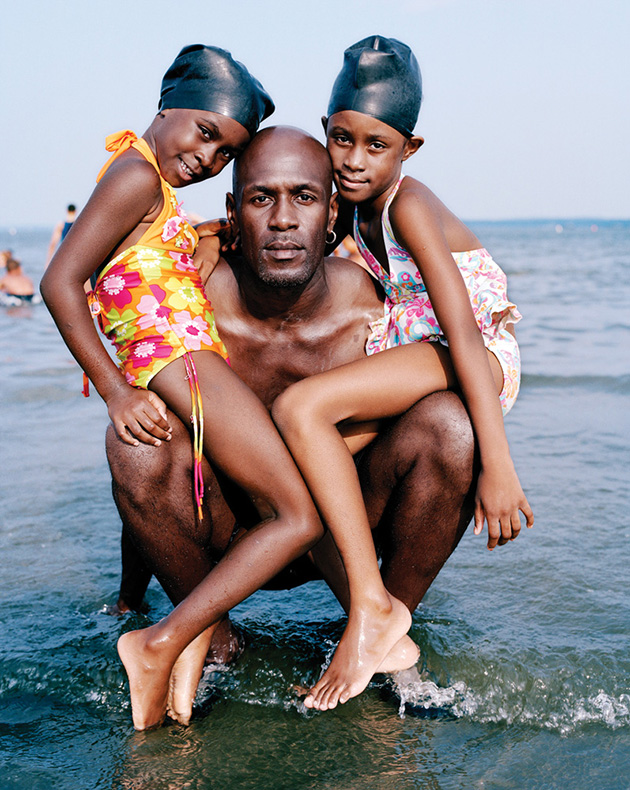
The “Bronx Riviera” has soothed generations of families weary of summer grit.
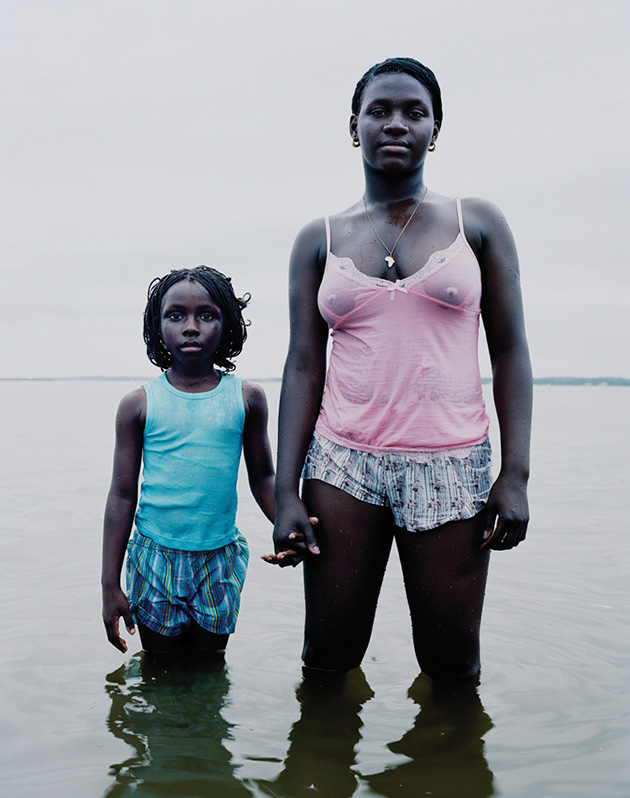
Photographer Wayne Lawrence spent four years trying to capture the spirit of Orchard Beach.

Photographer Wayne Lawrence on Orchard Beach: “Whenever I step onto the sandy landscape, I know that I am witnessing history being made.”

Photographer Wayne Lawrence: “I am drawn to rituals of youth, love, and cultural pride.”
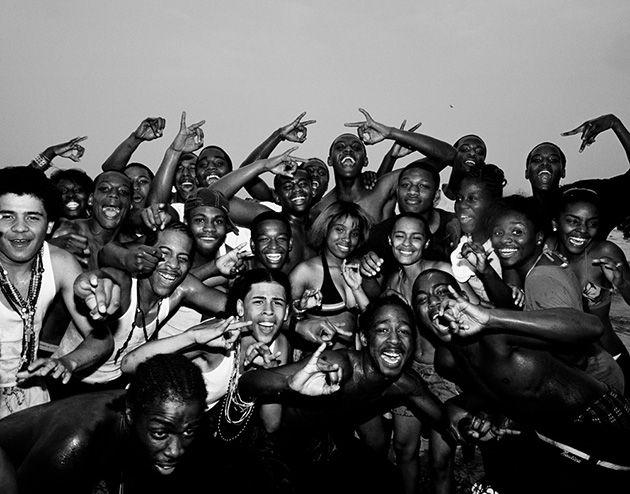
Photographer Wayne Lawrence: “Amid the activities on the beach, I walk in silence.”
See more photos from this project in Wayne Lawrence’s book, Orchard Beach: The Bronx Riviera.

